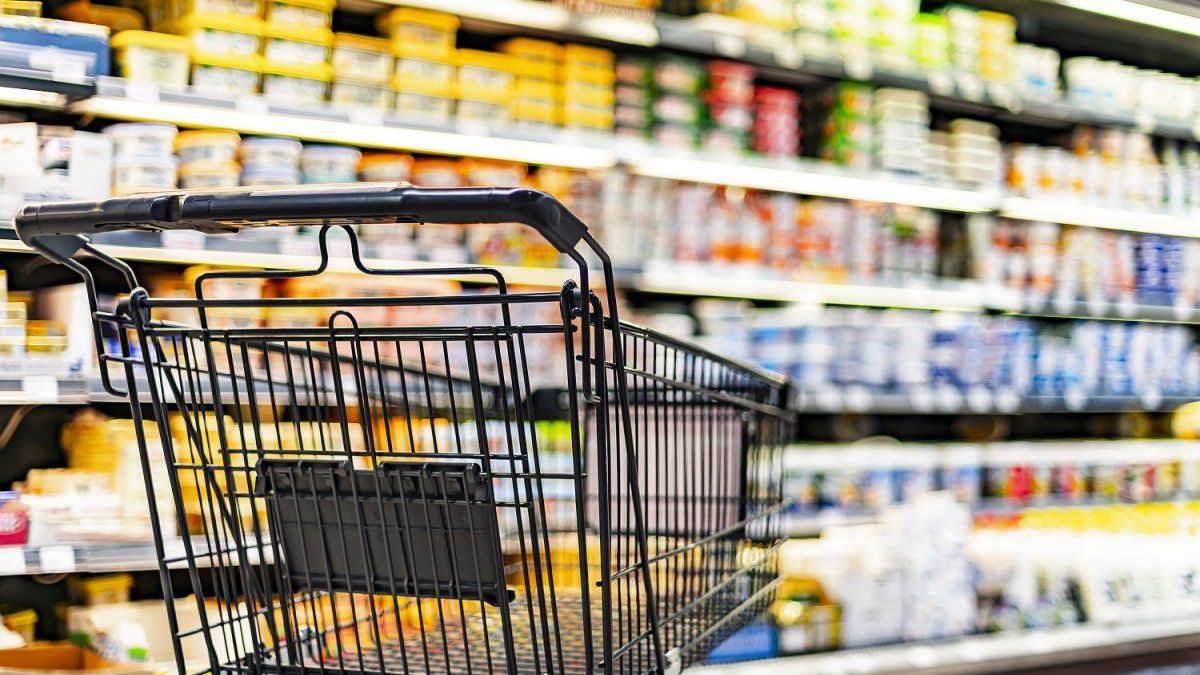That means that the price increase in food marked an acceleration of 2.7 percentage points compared to the previous week. Meanwhile, the increase averages 10% in the last 4 weeks and 11.8% end to end in the same period. So far this month, there has been an accumulation of 8.1% inflationaccording to what is reported by one of the consulting firms best known to economic agents.
With wide differences between categories, dairy products contributed 23% of the total variation, followed by the “ready meals” category, which compensated for the drop from the previous week.
Inflation: which foods increased the most
- Takeaway meals: 9.5%
- Dairy products and eggs: 7.3%
- Drinks and infusions to consume at home: 5.9%
- Baking products, cereals and pasta: 5.9%
- Oils: 4.1%
- Vegetables: 1.9%
- Meats: 1.5%
- Condiments and other products: 1.1%
- Fruits: 0.7%
- Sugar, honey, sweets and cocoa: 0.4%.
In another point of the report, they highlight that despite not leading the weekly increases, Meats, baked goods and beverages explain 64% of the monthly inflation (6.4 pp).
Slide7.JPG
How much did the Government’s inflation mark?
According to the Secretariat of Economic Policy, in charge of Gabriel Rubinsteinthe inflation index for the week of November 13 and 19and stood at 2.3%.
This data, the first after the runoff, showed an increase above the average in fruits and vegetables, with increases of more than 7%. This trend is observed after a previous measurement that showed an increase in 2.2%, as reported Ambit.
According to data presented by the Secretariat of Economic Policy, the first measurement in November registered 2.3% in the first days of the month, followed by 2.2% in the second measurement. The most recent report, published this Friday, confirmed a 2.3% increase between November 13 and 19.
The weekly analysis highlighted a significant increase in two areas:
- Vegetables: 12%.
- Fruits: 7.4%.
- Warehouse food and beverages: 2.3%.
In contrast, categories such as meat, clothing and regulated products were below average, experiencing increases in 2.1%, 1.6% and 0.3%respectively.
Inflation: what’s coming
The INDEC will publish the Consumer Price Index (CPI) for November next Wednesday, December 13, three days after the inauguration of the new president, Javier Milei.
In that sense, private consultants estimate that the average monthly inflation for the last four months of 2023 will be between 11% and 11.5%projecting a year with an increase in prices that will range between 175% and 180%.
Source: Ambito




